How To Read A Police Report
 Reading a police report can be confusing. If you were involved in a motor vehicle accident it is likely that a police report was filed. Police reports are generally filed when an injury takes place. In such cases they will include all the pertinent information regarding the facts of the incident, witness statements and a general description of how the accident took place. Here is a brief outline on how to read a traffic collision report. If you have been involved in an accident click here to learn how to get a copy of your police report.
Reading a police report can be confusing. If you were involved in a motor vehicle accident it is likely that a police report was filed. Police reports are generally filed when an injury takes place. In such cases they will include all the pertinent information regarding the facts of the incident, witness statements and a general description of how the accident took place. Here is a brief outline on how to read a traffic collision report. If you have been involved in an accident click here to learn how to get a copy of your police report.
Name of Those Involved
Page one of the report will include the name of those involved in the accident. This is very important in identifying who the involved parties are. It will also include the location of the incident, provide the make and model of the vehicles involved. Traffic collision reports will also include the policy number, carriers information and contact information for all parties involved in the accident. This type of information is necessary to file the preliminary claim with the insurance company in order to get your case started. If this information is not available it will be very difficult to process or start the initial claim or to know the identity of the at fault driver.Vehicle Position
Another element of the report outlines the areas of impact or AOI, weather conditions, traffic control devices, moving at the time of the collision, sobriety of the drivers and any other associated factors. This information is very important in helping identify who was at fault for the accident. AOI will help reconstruct the accident. Accident reconstruction is important to help understand who is at fault for the accident. This can be particularly important if the police mistakenly put the wrong party at fault. Or when the insurance companies place fault on the wrong party for the accident. This section of the report will help clearly identify fault based on the area of impact.Injury Report
Generally the following page or page three of the report will include any of the injuries which were described at the time of the accident. This will include any passengers or other parties who were injured at the time of the accident. Why is this important? Insurance companies will often attempt to deny or limit your injuries after an accident. Having a injury on record immediately after the accident will only further your position and help in your recovery for damages.Officer Sketch of the Accident
Police reports will also include a sketch by the reporting officer. These sketches will outline the destination of the parties and outline how the accident happened. A sketch of the lanes of traffic and vehicles will further illustrate fault and establish injuries. This is important again in the event that fault is ever disputed by either party. It will help to identify how the accident happened and who was at fault at the time of the accident.Narrative Supplement
Some reports will include what is called a narrative supplement. This is the officers determination of who was at fault and how the accident happened. It is based on any witness statements and on the scene vehicle positions. This can be very helpful and influential in the insurance companies determination of fault. It will also help to reconstruct the accident if needed. Police reports are a critical part of any car accident claim. They will be very important in establishing liability and pursing any claim for damages. It is important to remember that police reports will generally only be filed if an injury took place.Like This Article? Get Monthly Updates FREE!

By submitting this form, you agree to receive telephone calls and text messages at anytime, which include hours outside of business hours (8:00 am PST – 9:00 pm PST). This is so that we may reach you as soon as possible in order to consult on your potential case.


















